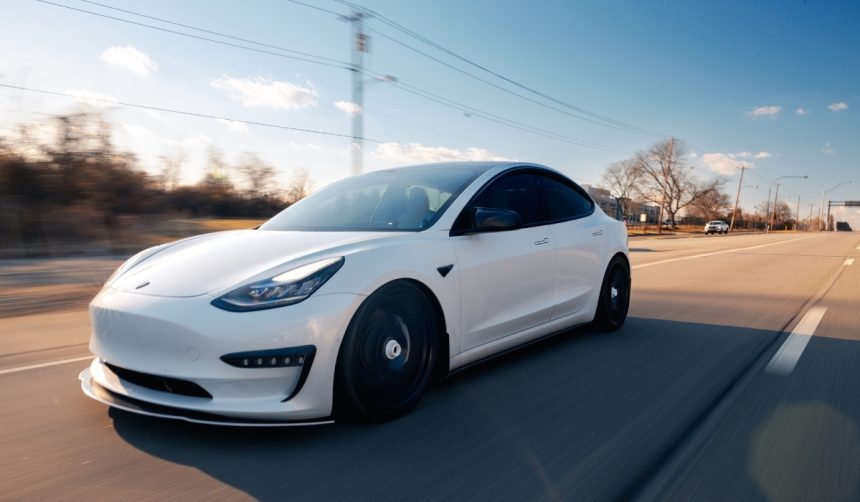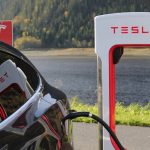Rows of newly built electric cars dot the vast grounds of Tesla’s Fremont Factory in California. As the facility commemorates 15 years since its acquisition and reopening by Tesla, it stands as a key pillar in the company’s progress in the electric vehicle sector. Local communities have seen economic activity grow around the plant, and thousands of employees now contribute daily to shaping Tesla’s output. Beyond the anniversary celebration, the occasion highlights how one automotive factory can influence an entire region’s economy and the wider electric car market.
Initial announcements about Tesla’s purchase of the Fremont site focused on the transition from its previous owners, General Motors and Toyota, under the NUMMI partnership. At that time, the long-term potential of electric vehicles was uncertain, and the factory’s production scale was limited. Since then, output has sharply risen, and so have local employment opportunities. Prior years lacked the breadth of vehicle options and the scale of investment Tesla later brought to the region.
How Has the Fremont Factory Evolved Since 2010?
Tesla acquired the Fremont Factory in 2010 for $42 million, converting the former NUMMI plant into a production center for its electric vehicles. The factory initially launched with the Model S sedan before expanding to include the Model 3, Model X, and Model Y. Over 15 years, the plant has grown to produce over 3.6 million vehicles, with annual capacity now exceeding 550,000 units. Fremont remains Tesla’s chief manufacturing site in North America, and discussions continue about its future output, including potential assembly of next-generation products.
What Role Does the Fremont Factory Play in Tesla’s Workforce?
With more than 20,000 jobs created in California as a result of the factory, Tesla has established itself as a major employer in the region. The company has invested billions of dollars into the plant and related infrastructure, driving further development and hiring. Employees at the Fremont location assemble all four of Tesla’s current “S3XY” models, integrating advances in vehicle technology and production processes over the years.
“Today, the Fremont team is producing all 4 S3XY models, totaling 3.6M vehicles made so far,”
Tesla Manufacturing stated through its official communication channels.
Could New Products Be Assembled at Fremont?
While the facility’s current focus is on the production of Tesla’s core sedan and crossover models, speculation has increased about the assembly of upcoming vehicles such as the next-generation Roadster and Optimus. Tesla has not confirmed production plans for these products at Fremont, but the plant’s size and established supply networks position it to adapt to future projects.
“20k+ California jobs created w/ billions of dollars invested,”
Tesla Manufacturing emphasized, underlining the ongoing significance of the Fremont site.
The 15-year milestone for Fremont highlights not just the number of vehicles manufactured or jobs provided, but also how large-scale production facilities can adapt to shifting market demands. Tesla’s approach in scaling up at Fremont contrasts with initial skepticism from industry observers when the factory was first purchased. The evolving product mix, significant employment, and new investment reflect both Tesla’s strategy and California’s role in the clean transportation sector. For those monitoring manufacturing trends, the trajectory of the Fremont Factory serves as a practical example of revitalizing legacy infrastructure to support emerging automotive technologies.
- Tesla’s Fremont Factory celebrates 15 years and 3.6 million vehicles produced.
- The plant employs over 20,000 workers and assembles “S3XY” models.
- Fremont’s production capacity and investment continue to impact California’s economy.










